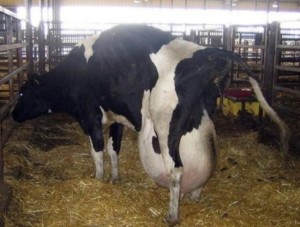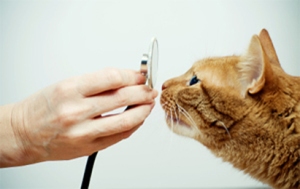Alexis Tomaino
Atrazine wreaks havoc on the sex lives of adult male frogs, emasculating three-quarters of them and turning one in 10 into female. The 75 percent that are chemically castrated are essentially “dead” because of their inability to reproduce in the wild. The 10 percent (or more) that turn from males into females – something not known to occur under natural conditions in amphibians – can successfully mate with male frogs but, because these females are genetically male, all their offspring are male. The impacts of atrazine are most pronounced in frogs because they have highly permeable skin that can easily absorb the chemical. Exposure to atrazine at levels as low as 0.1 parts per billion has been shown to affect the development of sex characteristics in frogs.

Based on the evidence that atrazine is an endocrine disruptor to amphibians, the EPA should ban the use of Atrazine. First, frogs are vital to a healthy ecosystem and their disappearance can disturb an intricate food web with cascading effects felt throughout an entire ecosystem. As tadpoles, they eat algae, helping regulate blooms and reducing the chances of algal contamination. As adults, their consumption of insects helps control populations, including adult mosquitoes and their larvae that can transmit diseases including Dengue fever, Malaria, West Nile fever and Zika. Frogs are also an important source of food for a variety of animals, including birds, fish, and snakes. But more fundamentally, frogs have existed for nearly 300 million years and have a right to exist unmolested. As frogs are currently threatened by disease, pollution, habitat loss, invasive species and climate change, their populations have declined dramatically since the 1950s, and it is believed more than 120 species have already become extinct since 1980s. Failure of the EPA to take action to protect frogs from the harmful effects of atrazine is tantamount to ignoring its mission to “reduce environmental risks … based on the best available scientific information.”
Instead the Trump EPA has loosened restrictions on atrazine following the tenure as EPA adviser of Jeff Sands, a former pesticide-industry lobbyist for Syngenta. Sands’s presence at the EPA drew criticism when the EPA scaled back a $4.8 million fine levied against Syngenta during the Obama years for violating pesticide regulations that resulted in the sickening of farm workers in Hawaii. The Trump EPA settled this case for a tiny fraction of $150,000, though the EPA also ordered Syngenta to spend a minimum of $400,000 to conduct worker training on how to use pesticides. Although Sands has asserted he did not influence these EPA decisions, Sands’s connection to Syngenta muddies the water and is in line with other actions from Trump’s EPA, which has focused on reducing regulatory burdens on industry and easing enforcement actions while bringing industry insiders into the administration to the detriment of the flora and fauna it is charged to protect.
Sands’s employment was permitted because of an ethics waiver in which the White House allowed Sands to work on issues he dealt with in the private sector because of “his deep understanding of agricultural issues forged through his previous service with Congress, a trade association and a company.” The waiver allowed him to work on issues that could affect his former industry, the agricultural sector, at large. While the waiver request did not expressly ask that he be exempted from rules prohibiting him from being involved with any agency action that would specifically affect a former employer, there is no evidence of compliance with these rules. And although Sands’s departure from EPA in 2018 (and has subsequent employment as an adviser for Rep. Ted Yoho (Fla.), a conservative Republican lawmaker who sits on the House Agriculture Committee) predates the November 2019 atrazine policy change announcement, the swampy smell lingers around the EPA’s decision to sacrifice frogs and promote Syngenta’s business.
Filed under: animal advocacy, animal ethics, animal welfare | Tagged: animal welfare, atrazine, frogs | Leave a comment »



























 be no way for us to know if the drugs or research discovered, would work or be safe for human use. This argument is flawed in many respects, but none more than the fact that nonhumans simply are not humans. Many of the experiments that bring desired results on animals does not necessarily bring the same results for humans. Actually this is the case way more often than not,
be no way for us to know if the drugs or research discovered, would work or be safe for human use. This argument is flawed in many respects, but none more than the fact that nonhumans simply are not humans. Many of the experiments that bring desired results on animals does not necessarily bring the same results for humans. Actually this is the case way more often than not,  light on a very real issue in factory farming, and serves as a way to educate the public about what really goes on behind closed doors.
light on a very real issue in factory farming, and serves as a way to educate the public about what really goes on behind closed doors. As a result, an
As a result, an 
 I say it may be worse because dairy cows live their entire lives facing a
I say it may be worse because dairy cows live their entire lives facing a 








